Uncategorised
test 123
test
test
test
test
test
Guidelines for Paper Submission
Authors’ Guidelines for Submitting a Paper to IEEE CIM
The IEEE Computational Intelligence Magazine (CIM) publishes peer-reviewed articles that present novel discoveries, important insights, and tutorial surveys in all areas of computational intelligence design and applications, in keeping with the Field of Interest of the IEEE Computational Intelligence Society (IEEE CIS). Additionally, CIM serves as a media of communications between the governing body and its membership of IEEE CIS. Authors are encouraged to submit papers on applications-oriented developments, successful industrial implementations, design tools, technology reviews, computational intelligence education, and applied research.
This document describes the style required for manuscripts submitted to CIM for consideration for publication. Manuscripts that are accepted for review, must be syntactically correct, well written, and in accordance with this document. Please read and follow these instructions with care and accuracy. Please feel free to contact the Editor-in-Chief with questions or comments.
- Please prepare your manuscripts in either Microsoft Word or Latex formats. Anything other than these should receive permission from Editor-in-Chief. A corresponding Adobe Acrobat pdf version of the manuscript is expected to come along.
- Feature articles should include an abstract, introduction, body (with headings), conclusion and a list of references. Acknowledgement is optional. No biographic material is needed. Section heading numbering should use Roman numerals such as “I. Section” while subsection heading numbering should use alphabets such as “A. Subsection.” For details of manuscript structure, see the next page.
- Technical Column articles should include an introduction, body (with headings), conclusion and a list of reference, but not Abstract. Acknowledgements are optional. No biographic material is needed.
- The maximum length is typically 10 pages for Papers, 15 pages for Surveys, and 6 pages for Letters. The manuscript should be written in single-spaced, two-column, standard IEEE format. All accepted manuscripts will be typeset by professional staffs at IEEE Magazines Department.
- Authors are encouraged to use figures and tables for better understanding of the manuscript. Figures should be attractive and clearly visible. The use of color is highly encouraged.
- Arrange references in order of citation in the text, not in alphabetical order. Please follow the IEEE style closely.
Additional instructions on manuscript structure can be found below for reference:
I. Title
The paper title should reflect the general idea of the manuscript. Titles are written in bold font and are centered. Notice the use of capital letters at the beginning of the words. The title must not be too long.
II. Author and Affiliation
The name of each author should be written below the title. The author’s name is followed by his/her affiliation and country in which the institution is located.
III. Abstract
The abstract must be a concise yet comprehensive reflection of what is in your article. In particular:
- The abstract must be self-contained, without abbreviations, footnotes, or references. It should be a microcosm of the full article.
- The abstract must be between 150-250 words. Be sure that you adhere to these limits; otherwise, you will need to edit your abstract accordingly.
- The abstract must be written as one paragraph, and should not contain displayed mathematical equations or tabular material.
- The abstract should include three or four different keywords or phrases, as this will help readers to find it. It is important to avoid over-repetition of such phrases as this can result in a page being rejected by search engines.
- Ensure that your abstract reads well and is grammatically correct.
IV. Introduction
Introduction is the first part of the main body of the manuscript. It should have the heading written in bold face and Roman numbered to I as is given here. The content of the introduction should be mainly motivation and background information in the research work. The introduction should also state how the rest of the article is organized.
V. Primary
Heading Under the primary heading is given the main portion of the research work. The primary heading should be left justified and bold. Notice that all the words begin in capital letter. In this section the main research work is explained in detail and every section and subsection should be organized in a sequential manner whenever possible. Under the primary heading there could be secondary, tertiary and quaternary headings.
A. Secondary Heading
Text of the secondary heading goes below the heading. The text is indented once, and also notices that the first letters of the words in the secondary heading are capitalized and the entire secondary heading is italicized. The secondary heading is enumerated with capital letter. Secondary heading shows subsections under the main heading.
1) Tertiary Heading: Tertiary heading is enumerated with Arabic numerals and is italicized. Notice that the words in the tertiary heading begin with the capital letters and the number is separated from the heading using a parenthesis, and the heading is separated from the text using colon. The text goes next to the tertiary heading after the colon. This heading is a subsection of the secondary heading.
a) Quaternary heading: quaternary headings are enumerated with small letters and are italicized. The text goes next to the headings and it’s separated by colon. This heading is a subsection to the tertiary heading. Notice that only the first letter of the first word in the quaternary heading is capitalized.
VI. Conclusions
The conclusion summarizes what is discussed in the main body and gives important observations in the paper. The conclusion may also include future works. Acknowledgement is an optional section of the manuscript. Do not include personal contact addresses in the acknowledgement section. References should be referred in order of their citation in the text. They must be enumerated in Arabic numbers and the numbers should be closed between square brackets.
More Publications and Resources
Fellows Committee
Fellows Committee Chair
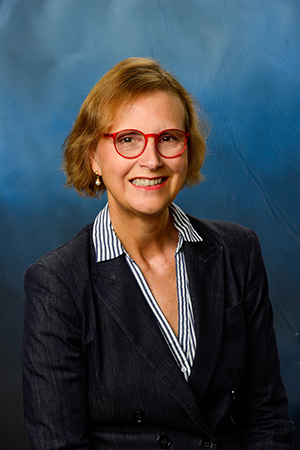
Auburn University
Fellows Committee Member

University of New South Wales - Canberra

Leiden University

Faculty of Engineering of the University of Porto
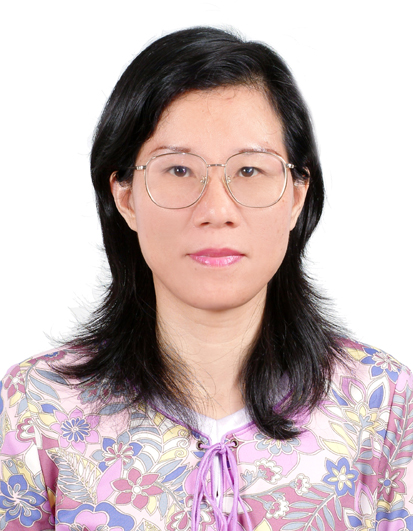
National Cheng Kung University


Universidad of Chile


University of Nottingham
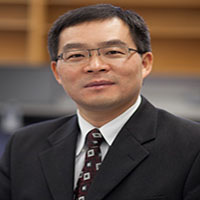
University of Rhode Island

University of Granada

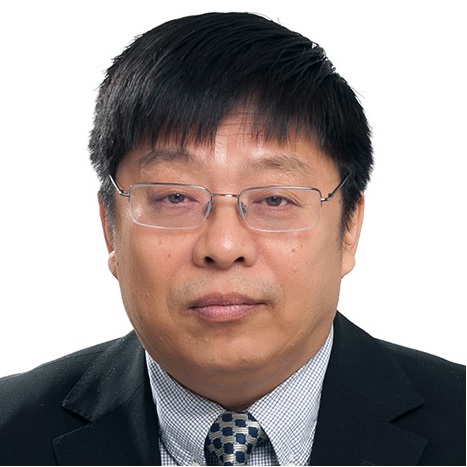
Department of Electrical and Computer Engineering, University of Illinois, Chicago, IL 60607, USA
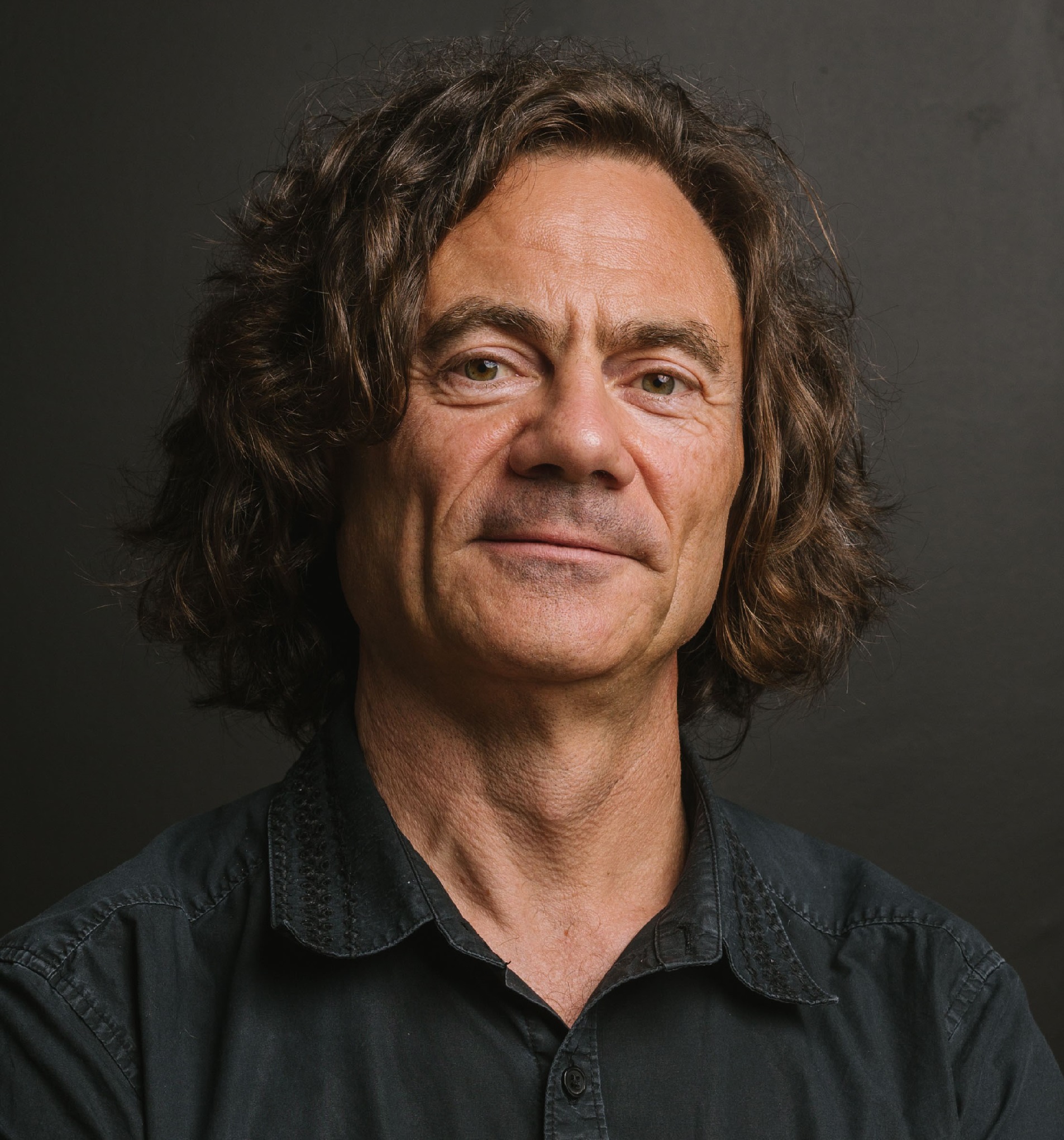
Basque Center for Applied Mathematics (BACM)

Indian Statistical Institute

Dept. Electrical and Computer Engineering, University of Cyprus

Qatar University

Victoria University of Wellington